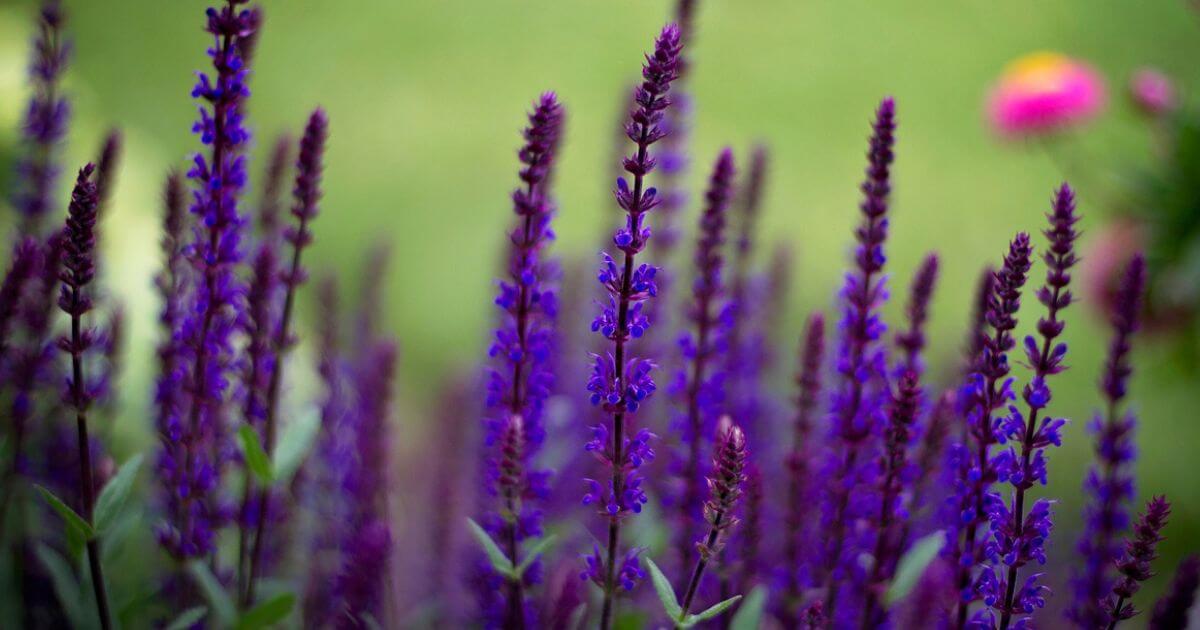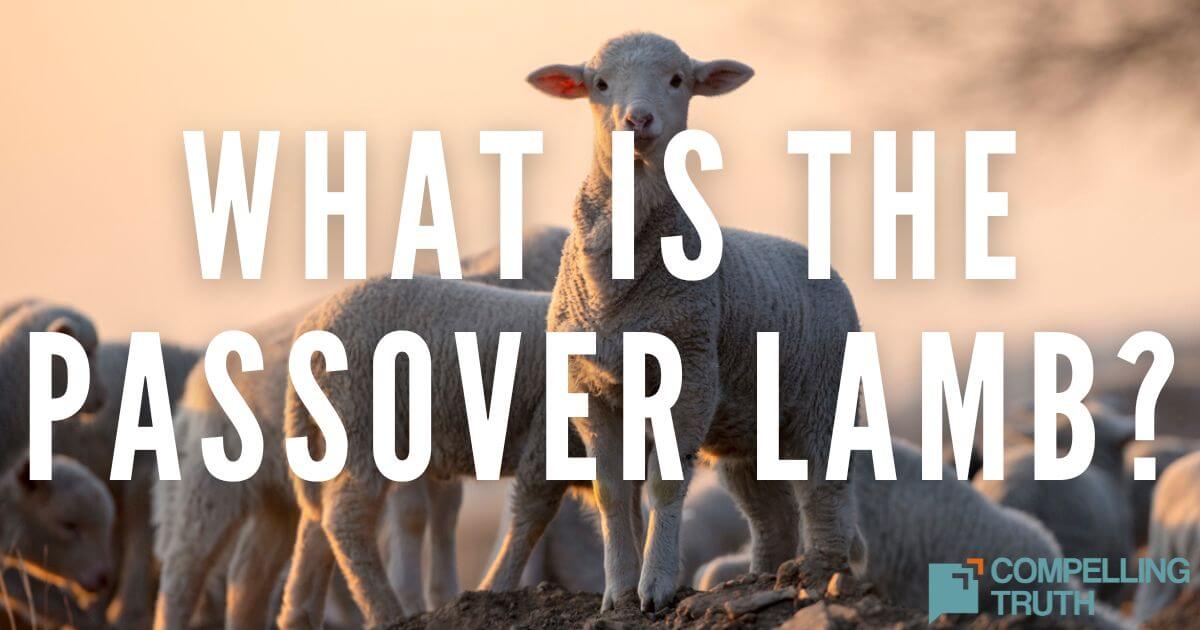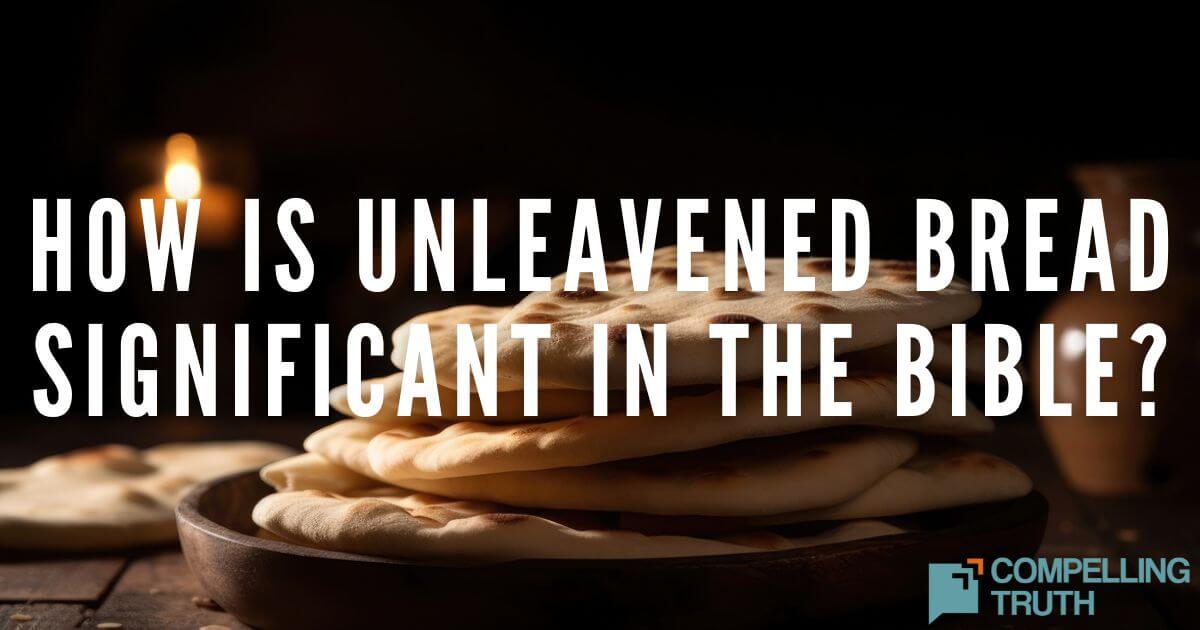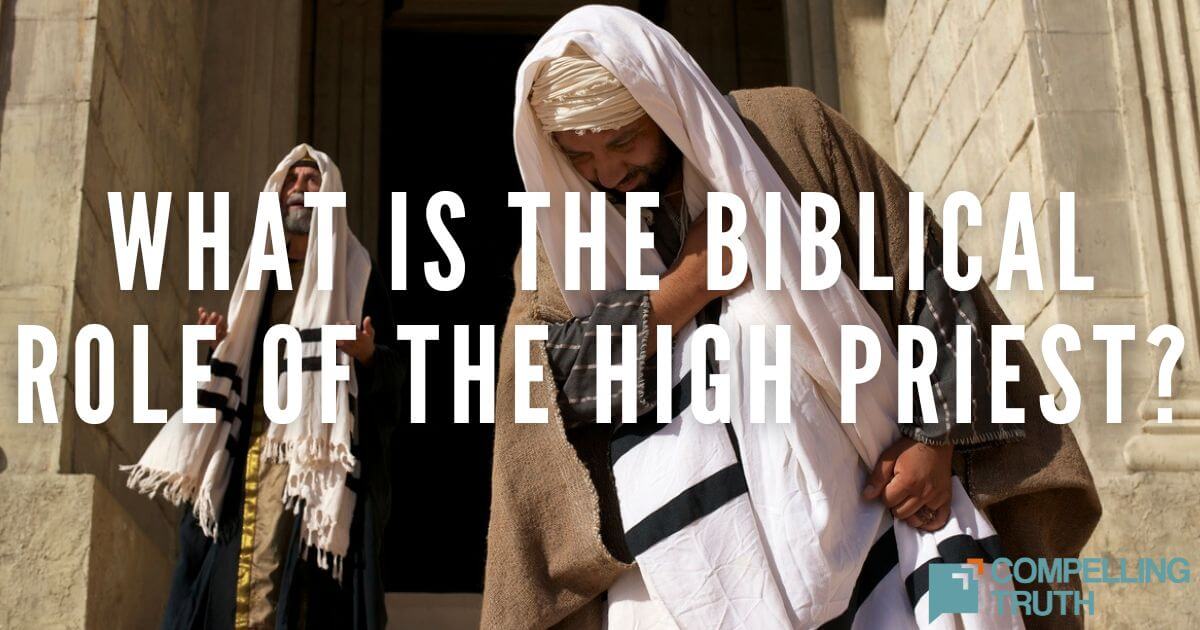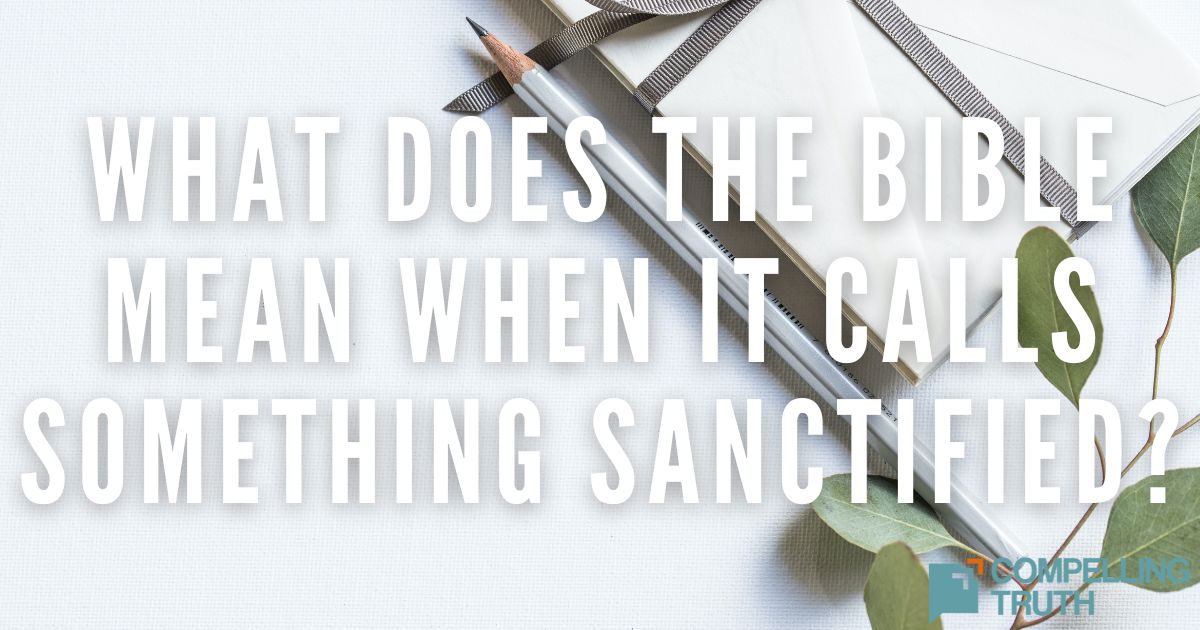Hyssop is a small, bush-like plant in the mint family, with purple flowers growing on its long stems. Hyssop is used for cooking and for aromatic and medicinal purposes. The Bible mentions hyssop in religious ceremonies, and because of its ceremonial use, it is a symbol for cleansing. Its use in the Mosaic law for cleansing and its connection to the cross becomes a powerful symbol of the new covenant.
Just as hyssop aided in spreading the blood of a sacrificial life to save the Israelites at the first Passover, hyssop aided in the shedding of Jesus' blood at the cross to save the world from their sins. This last use of hyssop at the cross eradicated the need for its ceremonial use of purification. Jesus' sacrifice upon the cross is the only purification we need to be right with God and live with Him for eternity. Hyssop was necessary in the Old Testament for purification, but Jesus' work on the cross has eliminated the need for ceremonial cleansing. His blood purifies all who believe in Him by faith once and for all, so that we no longer need to be cleansed ceremonially (Hebrews 10:1–23).
Hebrews 9:12–15 explains, "He entered once for all into the holy places, not by means of the blood of goats and calves but by means of his own blood, thus securing an eternal redemption. For if the blood of goats and bulls, and the sprinkling of defiled persons with the ashes of a heifer, sanctify for the purification of the flesh, how much more will the blood of Christ, who through the eternal Spirit offered himself without blemish to God, purify our conscience from dead works to serve the living God. Therefore he is the mediator of a new covenant, so that those who are called may receive the promised eternal inheritance, since a death has occurred that redeems them from the transgressions committed under the first covenant." Cleansing can be found in Jesus Christ.
